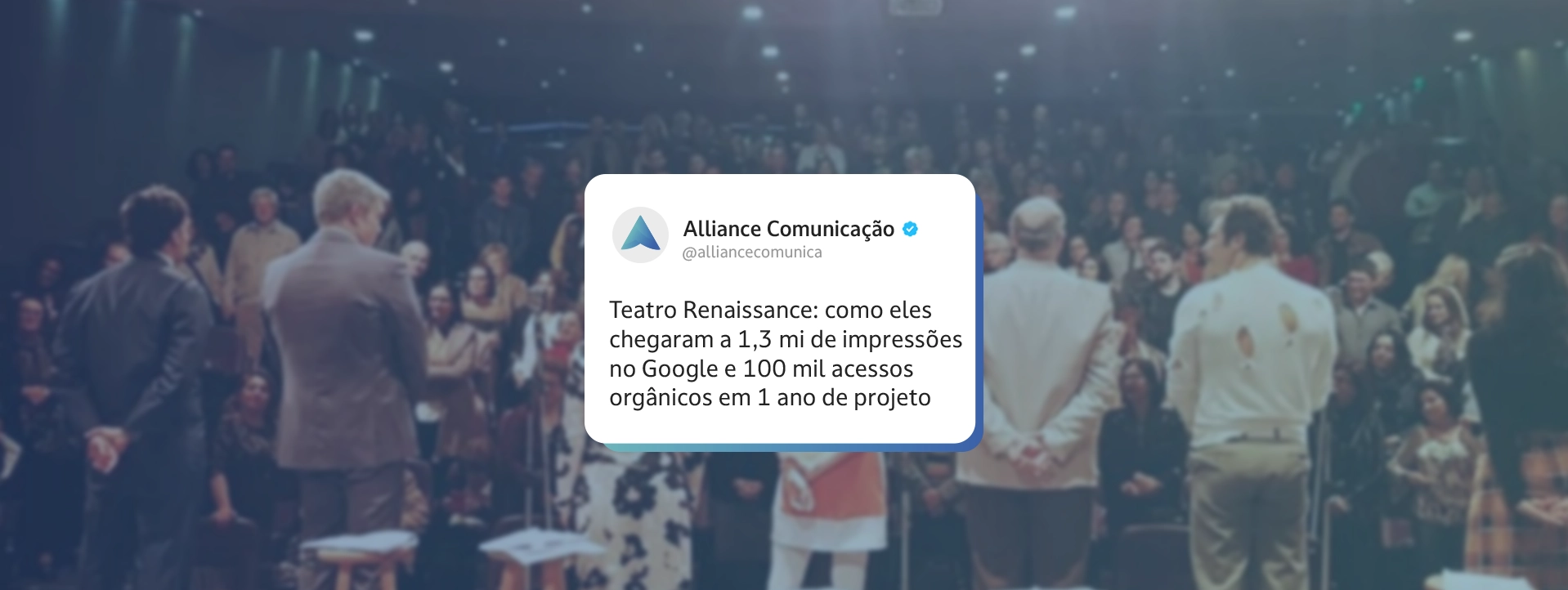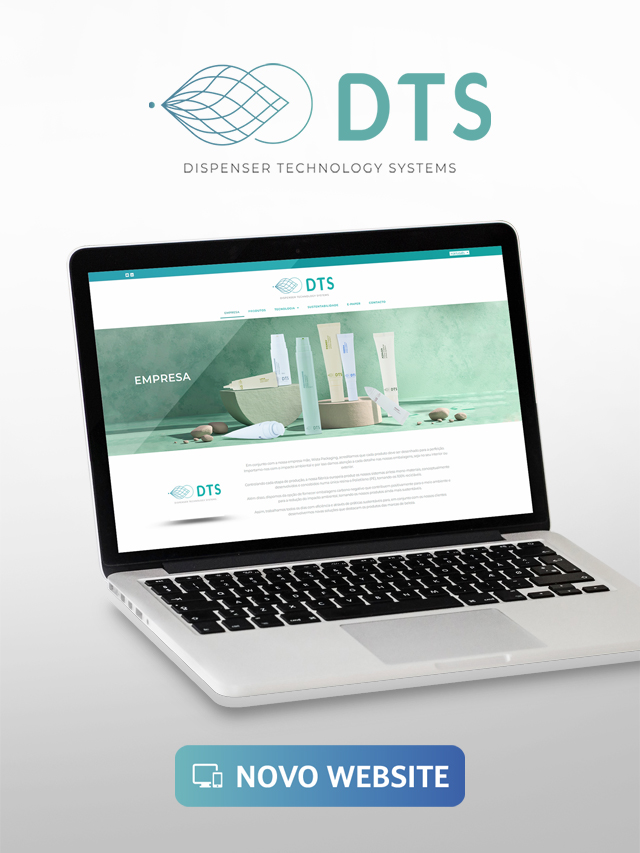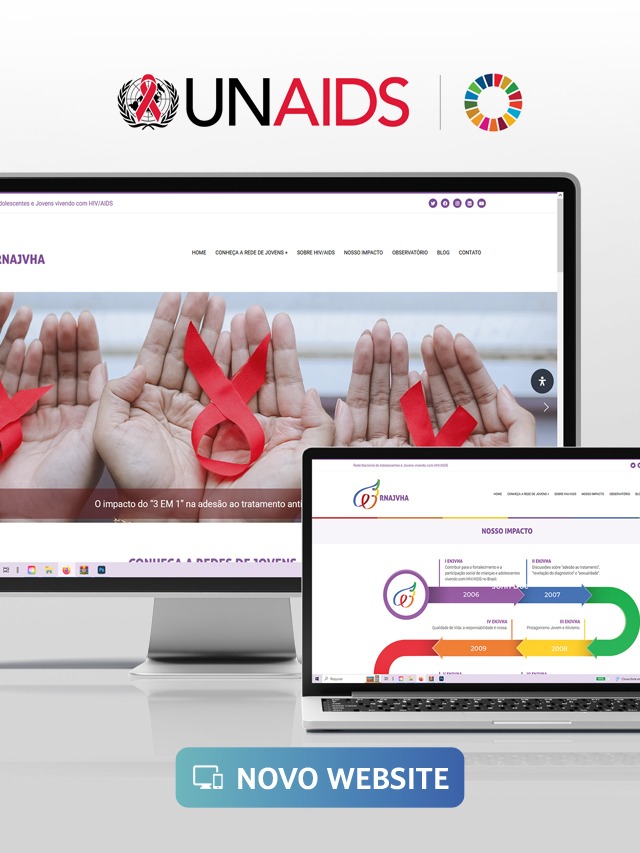Learn strategies for handling customer objections during the sales process and increase your chances of successfully closing deals with a focus on search engine optimization (SEO).
Let's imagine the following situation: a pre-sales team is running a solid process of prospecting and qualifying leads. Closers make a convincing presentation of services, but when trying to make the sale, they cannot overcome customer objections, resulting in lost sales.
This is a common situation in the sales process, especially considering that we live in the information age, where all it takes is a click on a cell phone screen to find answers to what you are looking for. In this context, sellers need to be increasingly prepared to deal with customer objections. Performing a service devoid of adequate preparation is a great risk, even for experienced sellers.
Many sales are not completed simply because the customer does not feel safe and is dissatisfied with the answers he receives during the service. The expression “sales talk” still has a negative impact, and many customers are preparing precisely to not be deceived by this type of speech.
In practice, we know that a good salesperson highlights the positive points of the product or service and is committed to offering a real solution to the customer. However, as in other areas, there are those who compromise the excellence of this profession.
Therefore, to be successful with customers, it is necessary to consider that people have access to information and may have fears related to purchases, based on previous experiences. And that's exactly what new sellers should prepare for.
What are sales objections and how to identify them?
Before understanding how to work around objections, it is necessary to understand the concept of these objections and know how to identify them. That's what will be covered in this topic. Even if you already have notions on the subject, it is worth continuing reading to deepen your knowledge.
Sales objections are the concerns and questions that customers have when they are considering purchasing a product or service. These objections can prevent the sale from going through.
Objections have always existed and are part of the natural sales process. The difference, as mentioned earlier, is that we live in an era where everyone has easy access to information and is used to doing research while looking for solutions to their problems. This means that the seller no longer holds all of the information.
These concerns can arise for a variety of reasons, such as price apprehension, lack of confidence, lack of information about the product, or simply because the customer is not yet convinced that the product or service will meet their needs.
To identify customer objections, it is critical to practice active listening and pay genuine attention to the customer. This is essential to understanding customer concerns. In addition to paying attention to what the client verbalizes, it is also necessary to look for non-verbal signals that may indicate hesitation or lack of enthusiasm.
Some of the most common ways to identify customer objections include asking open-ended questions, encouraging the customer to share their concerns and questions.
For example, you can ask: “Are there any doubts about our product?”, “Did you manage to understand our approach to work?”, “Is there any aspect of our presentation that was not clear?”.
Another important point for identifying objections is body language. It is necessary to know how to identify whether the posture and facial expression of the customer are aligned with the sales objective, functioning as a “thermometer” to indicate the next step to be taken.
Therefore, observe if the client has a closed expression, unfocused eyes, furrowed forehead, hand over mouth, compressed lips, arms crossed, restless, moving a lot on the cell phone or looking at the clock. Hesitation or lack of enthusiasm in the intonation of the customer's voice are further signs of objection.
Once you spot these signs, it's important to approach the customer in a sympathetic and empathetic manner. Ask a few more questions, pay attention, and come up with solutions that might help the customer overcome their concerns. Remember that selling is a process where listening and responding to the customer is critical.
Now that you know some ways to identify objections, it's time to understand how to overcome them and make the sale. Check in the next topic.
Techniques for overcoming sales objections
As seen in the previous topics, paying attention to the customer is essential to identify objections and start working on them. This is exactly what will be addressed in this topic: ways to overcome customer uncertainties and complete the sale.
The first step, after identifying and understanding the customer's objections, is undoubtedly to know more about them. Yes, you need to be prepared for any situation during your client meeting, which means having as much information as possible, especially about your company.
Always remember that “whoever has the information, has the power”! Therefore, never start a service without knowing everything about your product or service and about the market in which your client is inserted, as well as your company.
Also, always offer customized solutions to the customer. While your product or service packages may be the same for a given niche, each customer is unique and will have different expectations.
Therefore, it is important to listen and understand the customer's needs, adapting your presentation to them. Maybe you serve five clients in the same niche in a single day, but the way you conduct the meeting and present your proposal needs to be adjusted.
If the client is open to banter, you can conduct the meeting more informally. However, if the customer is more serious, an inappropriate joke can jeopardize the possibility of closing the deal. So be prepared, with feedback from the pre-sales team and get a feel for it.
Another important aspect, if your company offers different plans to customers, is to always offer the most suitable one for each one. Even if the customer is able to make a larger purchase, offer what he really needs and highlight it.
Present all plans and indicate that, where it makes sense for his company, an upgrade option will be offered. This demonstrates empathy and adds value to your service.
Also, to get around customer objections, be proactive. Always be one step ahead, coming up with solutions he hasn't considered yet. By doing so, you demonstrate that you are committed to finding solutions that meet all of your needs.





























